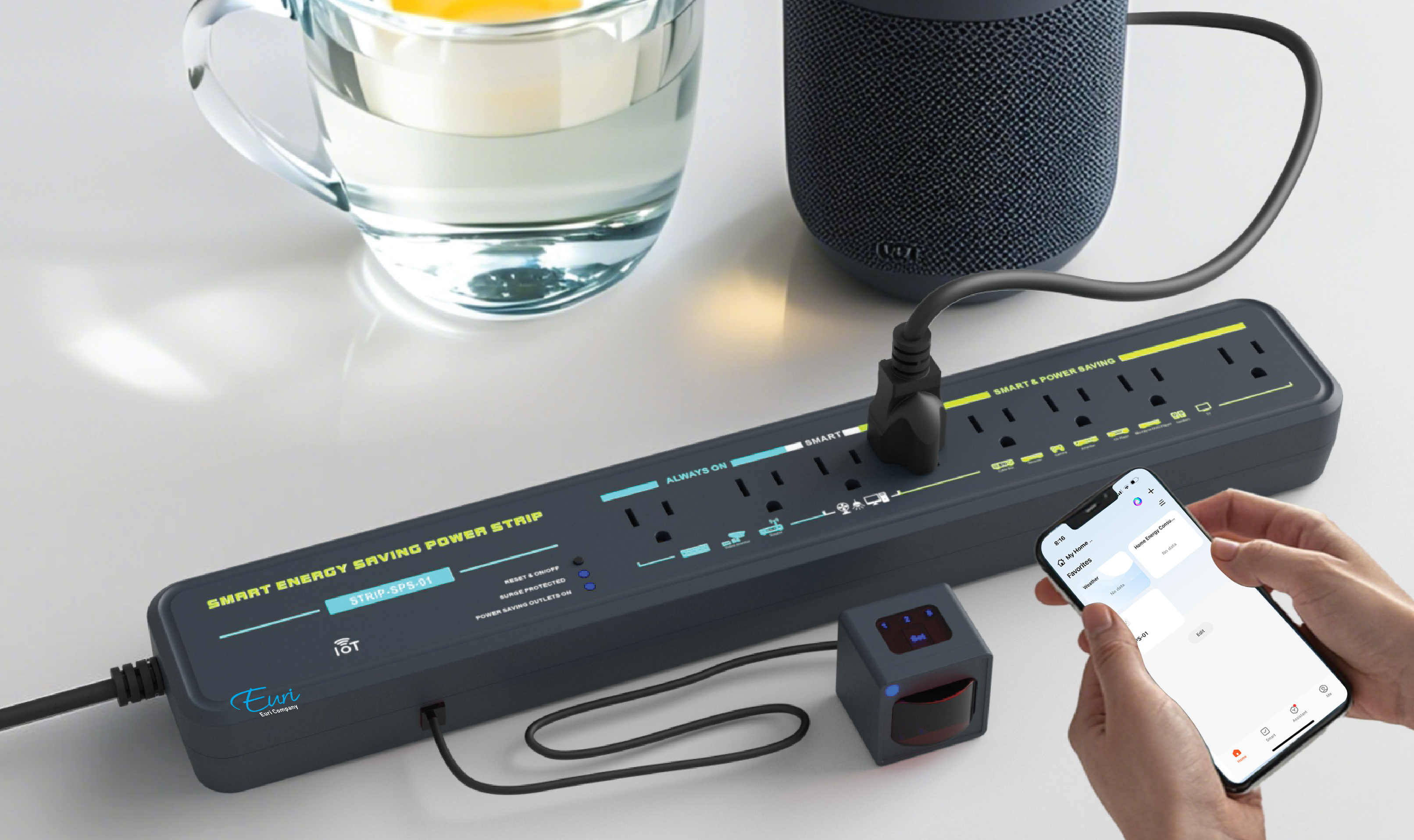Harnessing the Power of Light: Exploring Different CCT Levels and Their Positive Impact on Life
Correlated Color Temperature (CCT) levels offer a versatile toolkit for creating customized lighting solutions that enhance our daily experiences and improve our quality of life. By harnessing the power of light and selecting the appropriate CCT level for each environment and activity, we can create spaces that promote relaxation, productivity, social interaction, and overall well-being. Whether at home, in the workplace, or in public spaces, embracing the diverse spectrum of CCT levels allows us to illuminate our lives with warmth, clarity, and vitality, enriching our daily experiences and nurturing our sense of connection to the world around us.

Harnessing the Power of Light: Exploring Different CCT Levels and Their Positive Impact on Life
Light is not merely a tool for illumination; it's a dynamic force that shapes our perception, mood, and well-being. Correlated Color Temperature (CCT) is a crucial aspect of light that influences the color appearance and ambiance of our surroundings. In this article, we'll dive into the significance of different CCT levels and how they can be applied in various spaces to evoke positive experiences and enhance overall quality of life.
Understanding Correlated Color Temperature (CCT):
Correlated Color Temperature (CCT) is a metric used to describe the color appearance of light emitted by a source, measured in Kelvin (K). Lower CCT values represent warmer (reddish-yellow) tones, while higher CCT values indicate cooler (bluish-white) tones. Understanding CCT levels allows us to harness the power of light to create specific atmospheres and influence our emotional and psychological states.
Warm White (2700K - 3000K):
Warm white light with lower CCT values (around 2700K to 3000K) creates a cozy and inviting ambiance reminiscent of candlelight or traditional incandescent bulbs. This warm glow is ideal for creating intimate spaces, such as living rooms, bedrooms, and dining areas, where relaxation, comfort, and social interaction are paramount. Warm white light can evoke feelings of warmth, comfort, and nostalgia, promoting relaxation and emotional well-being.
Neutral White (3500K - 4000K):
Neutral white light with mid-range CCT values (around 3500K to 4000K) strikes a balance between warm and cool tones, offering a natural and versatile lighting solution. This neutral glow closely resembles natural daylight, making it suitable for a wide range of environments, including offices, classrooms, retail stores, and healthcare facilities. Neutral white light promotes focus, alertness, and productivity, enhancing cognitive performance and visual comfort in task-oriented settings.
Cool White (5000K - 6500K):
Cool white light with higher CCT values (around 5000K to 6500K) emits a crisp and energizing glow reminiscent of daylight or overcast skies. This cool, refreshing light is well-suited for spaces where visual acuity, concentration, and precision are essential, such as workstations, kitchens, laboratories, and outdoor areas. Cool white light promotes wakefulness, mental clarity, and a sense of vitality, helping to combat fatigue and improve performance, particularly during daytime hours.

Applying Different CCT Levels in Life:
1. Home Lighting: Selecting the appropriate CCT level for each area of your home can enhance comfort, functionality, and ambiance. Use warm white light in living spaces and bedrooms to create a cozy atmosphere, neutral white light in kitchens and bathrooms for clarity and visibility, and cool white light in task areas for optimal performance.
2. Work Environment: Tailoring lighting to match the demands of specific tasks and activities can boost productivity and well-being in the workplace. Incorporate neutral white or cool white light in offices, meeting rooms, and workstations to foster concentration, alertness, and productivity, while integrating warm white light in break areas and collaborative spaces to promote relaxation and social interaction.
3. Retail and Hospitality: In retail stores, restaurants, hotels, and other hospitality settings, lighting plays a crucial role in shaping the customer experience. Use warm white light to create an inviting and welcoming ambiance, neutral white light to highlight merchandise and enhance visual appeal, and cool white light to accentuate architectural features and promote a vibrant atmosphere.
4. Healthcare and Wellness: Lighting can have profound effects on patient recovery, comfort, and well-being in healthcare facilities. Incorporate warm white light in patient rooms and relaxation areas to create a calming environment, neutral white light in treatment rooms and corridors for clarity and visibility, and cool white light in surgical suites and diagnostic areas for precision and accuracy.
Conclusion:
Correlated Color Temperature (CCT) levels offer a versatile toolkit for creating customized lighting solutions that enhance our daily experiences and improve our quality of life. By harnessing the power of light and selecting the appropriate CCT level for each environment and activity, we can create spaces that promote relaxation, productivity, social interaction, and overall well-being. Whether at home, in the workplace, or in public spaces, embracing the diverse spectrum of CCT levels allows us to illuminate our lives with warmth, clarity, and vitality, enriching our daily experiences and nurturing our sense of connection to the world around us.




.jpg)
.jpg)




















































